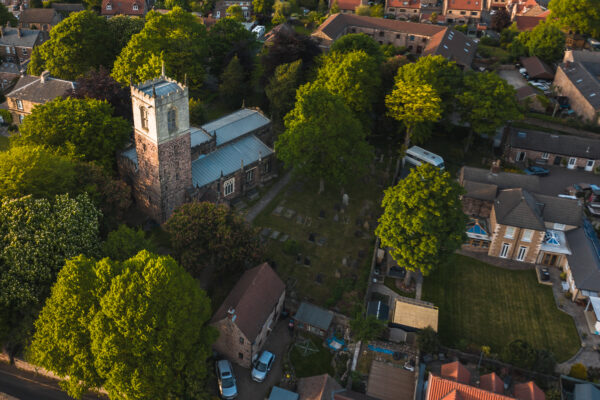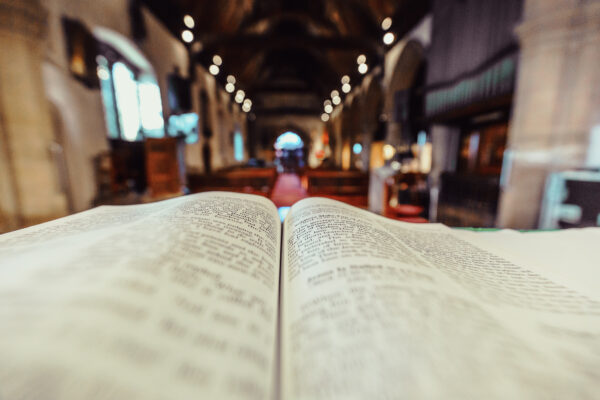Sunday 14th January
Year B: The Second Sunday of Epiphany
Liturgical Colour: White*
Readings:
- Psalm 139: 1-5, 12-18 [or 139:1-9]
- 1 Samuel 3:1-10 [11-20]
- Revelation 5:1-10
- John 1:43-51
(*or if you celebrated the Epiphany on January 6th then it is the Second Sunday after the Epiphany and the liturgical colour is green.)
Background
Our New Testament reading today is taken from the book of Revelation. This last book of the bible is thought to have been finalised around AD90-95, although it contains allusions to events and people from AD54 onwards. Although the style is very different to the Gospel and three letters of John, some conclude it was written by the same person. This is not least because it is believed that the apostle John left Israel to live in Ephesus in which the seven churches (named in the messages which comprise Revelation chapters 2 – 3) are located. It is more likely however, that each book was written by a member of the Johannine community, rather than by the same person.
The book was written at a time of persecution, albeit at that stage sporadic and localised. Christians had already been imprisoned and even killed for their faith, but much worse was to come and the book might be seen in many ways to be a warning of and preparation for that.
The Book of Revelation belongs to a particular genre (type of literature) known as apocalyptic. Indeed, the literal translation of its Greek title is the ‘Apocalypse of John’. Apocalyptic literature is usually written in first person and often involves an intermediary seer (as Samuel was later to become if you also read the Old Testament reading) who advises and translates events to the writer. Although the genre is named after the Greek word apokalysis, meaning revelation, in Rev 1.1, this type of writing was well-established by that stage.
Instead of the golden age foretold by the prophets, during the period BC200 – AD 100, the Jewish people had been under foreign occupation. Apocalyptic literature of the time pointed back to the visions of the prophets and contrasted them with the present ‘evil age’. It also looked to eternal realities and forward to the end of the current world and its being superseded by a new heaven and a new earth. John writes in that style from a Christian perspective. The only other fully apocalyptic book to make it into the bible is Daniel.
Apocalyptic writing uses a lot of symbolism; sometimes seemingly quite bizarre. Some suggest that this is to obscure the true meaning from the ruling authorities who may read it. For example, the codename of the beast in Revelation (13.18) ‘666’ is thought to refer to Nero Caesar. Similarly, ‘Babylon’ is thought to be a codename for Rome. Other interpretations are available!
In this particular reading the scroll represents God’s final plan for the earth. The image of Christ moves from that of a lion and king from the root of David, to that of a lamb, thought by many to suggest the Passover lamb, the slaughter of which was first ordained in Exodus (12.1-28).
Apocalyptic literature jolts the reader by presenting a very different perspective. It liberates them from the dominant worldview and exposes the political, social and economic forces on earth to the uncompromising light of God’s ultimate sovereignty and the kingdom that is to come. It is inspiring to the oppressed and threatening to the powerful. It is prophetic in critiquing the present age and pointing to the struggles between powers of good and evil therein. It is also prophetic in looking to a future age of triumph and judgement.
Reflection
Our Gospel reading begins with the human Jesus seemingly knowing more than he can about the people he encounters. It ends with a vision of ‘…heaven opened and the angels of God ascending and descending on the Son of Man’ (John 1.51). There are links with the passage from Revelation, as well as with the book of Daniel (7.9-14), and with Jacob’s ladder (Gen 28.12).
So what?
The season of Epiphany is all about revelation and response. Might we dare ask God for a clearer, perhaps more challenging vision of God’s judgement on the present age and the new heaven and earth that is to come? Might we be bold enough to open ourselves to new ways of thinking and doing in the light of it? If so, perhaps the familiar prayer of St Richard of Chichester will take on a lot more power and promise:
Thanks be to thee, my Lord Jesus Christ,
for all the benefits thou hast given me,
for all the pains and insults thou hast borne for me.
O most merciful redeemer, friend and brother,
may I know thee more clearly,
love thee more dearly,
and follow thee more nearly, day by day.
Amen.



